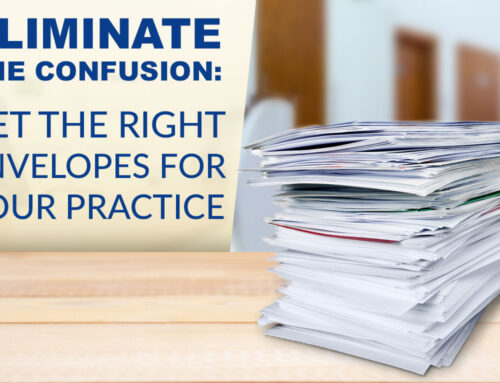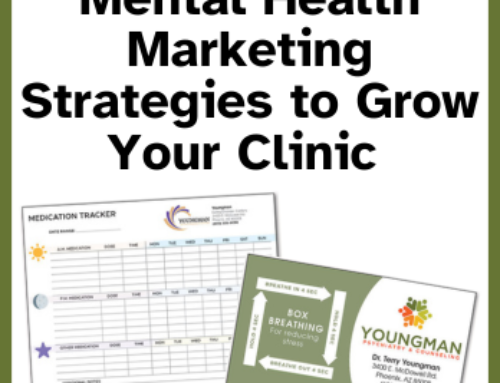 A One and Done is a patient who comes in for a visit but does not schedule a follow-up appointment. With dental marketing focusing so much on getting new patients, often the importance of retaining current patients gets pushed aside. Consistently relying on new patients to fill chairs is not enough. New patients help push your practice to new levels of growth, but scheduling a One and Done won’t help you keep up with attrition or build the patient loyalty essential for sustainability.
A One and Done is a patient who comes in for a visit but does not schedule a follow-up appointment. With dental marketing focusing so much on getting new patients, often the importance of retaining current patients gets pushed aside. Consistently relying on new patients to fill chairs is not enough. New patients help push your practice to new levels of growth, but scheduling a One and Done won’t help you keep up with attrition or build the patient loyalty essential for sustainability.
You hopefully have a handle on the average cost of your new patient acquisition. Whether that cost is $50 or $400, the key to practice profitability is keeping that patient and seeing that patient at least twice a year for the next ten years or more.
Measure Your Results
Statistically for both new and existing patients, the goal is to schedule 100% of your hygiene recall patients and 75% of your restorativer or SRP patients before they leave the office. The other 25% should be contacted within 5-7 days by the scheduling coordinator to confirm an appointment. To know how you are doing, it is very important you track this measurement.
Start with your practice management software. There’s likely an unscheduled report for both new and existing patients that haven’t scheduled a second or follow-up appointment. The report will tell you who, but not the why. To learn the why, use a tracking form to capture type of treatment presented (perio, endo, fixed, hygiene, etc.), reason for delaying appointment and last provider. Use this report to identify patterns such as a low percentage of crown appointments being scheduled. In this case, you may discover that high dollar items scare off patients and that the financial options in your office are not adequate. Perhaps the benefits of the recommended work haven’t been adequately explained to motivate the patient to move forward with treatment. Seeing the patterns allows you to move forward with developing solutions.
Overcoming Excuses from a One and Done
“I don’t have my calendar.” If your office has a computer in each treatment room, attempt to schedule the follow-up appointment right there with a secondary attempt at the front desk. If no appointment is scheduled, place a note or follow-up task with the “why and plans for follow up” in your software or on your form. Ask for permission to contact the patient if you don’t hear from them in a few days after they check their calendar. Accept that once the patient leaves the office, placing a call to their dentist isn’t usually top of mind.
“I have to think about it.” This response usually indicates a lack of understanding of the consequences of doing nothing. Education and urgency are best handled in the treatment room by the Dentist or Hygienist. Make sure the patient leaves the treatment room with no ambiguity related to their dental needs. The Dr. should always ask, “Mrs.
Smith, does this procedure sound like something you are committed to in order to save your tooth?”
“I need to speak with my spouse.” When the patient wants to talk with their spouse before making an appointment, chances are there is a concern about finances. Make sure the patient is educated about the financing options you offer that include monthly payments. You also have to make sure the patient can comfortably talk to and educate their spouse on their required treatment. An example of an appropriate patient take-home kit would include the financing options, a photo of their tooth/teeth that require treatment, a color periodontal chart with the highlighted areas of concern and a pamphlet relating to their specific dental need.
Sample Script
“Mrs. Smith, I recognize that scheduling the treatment can be a difficult decision. What additional questions can I answer?” or “Mrs. Smith, I can understand that this treatment is a big decision. Would you like me to speak with your spouse about your dental needs?”Always offer to follow up in a few days if you haven’t heard back from thepatient.
Next Steps
Eliminate the One and Done patients in your practice by determining your appointment scheduling percentage and holding your team accountable for improving it. By implementing these recommendations you can expect increased production and collections by converting One and Done patients into long term, loyal patients.







